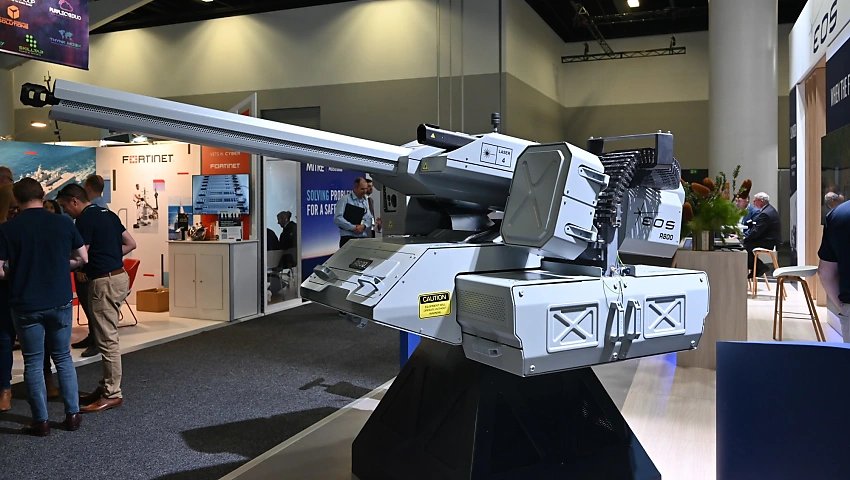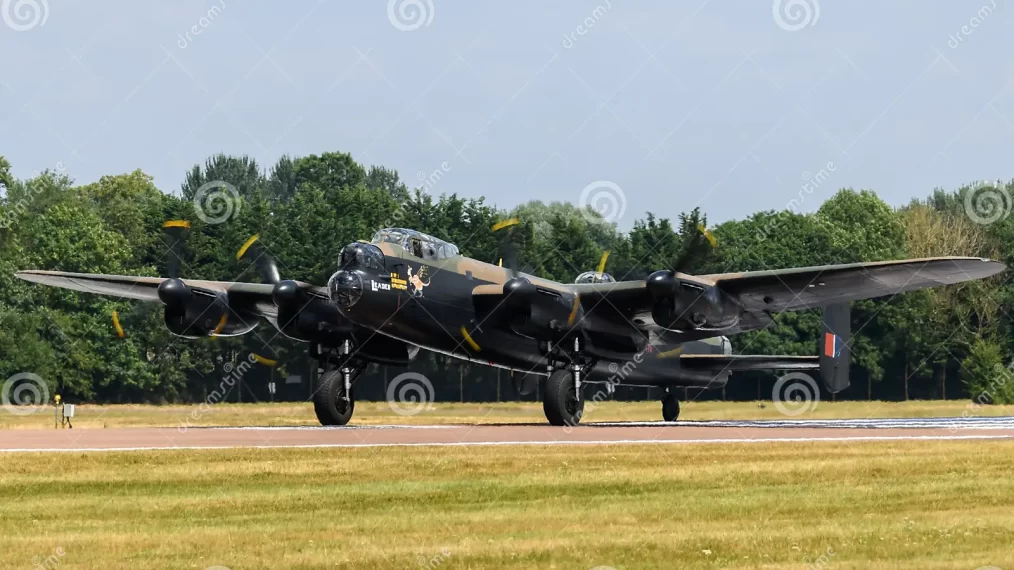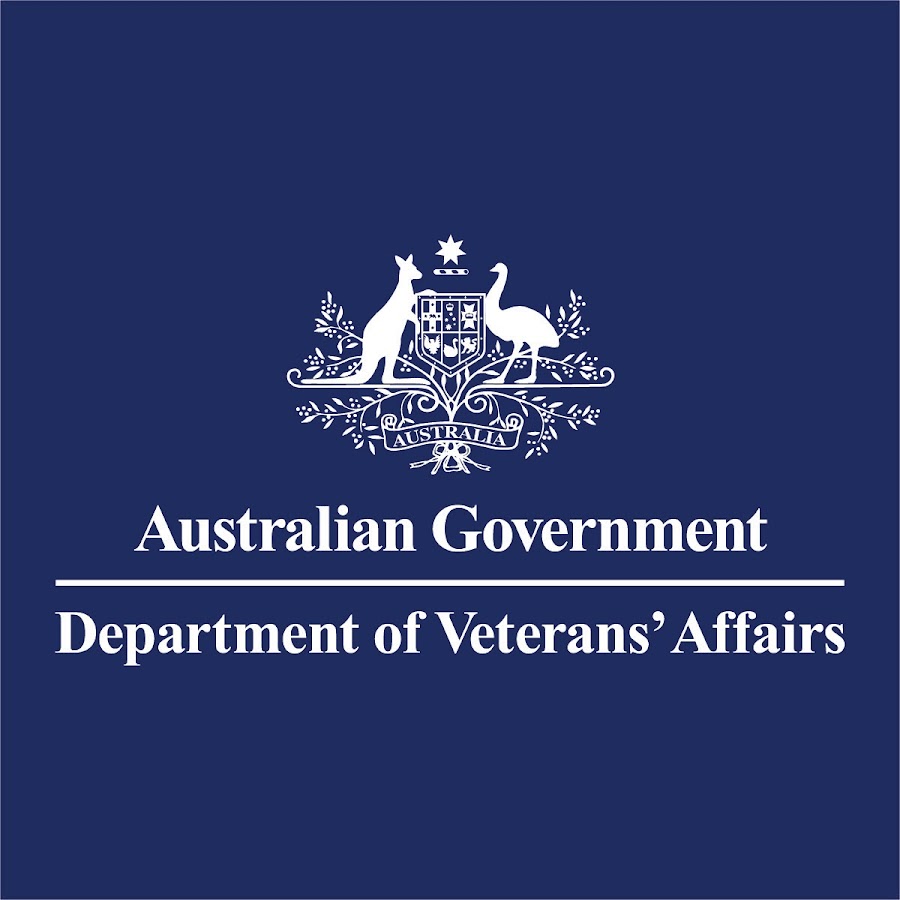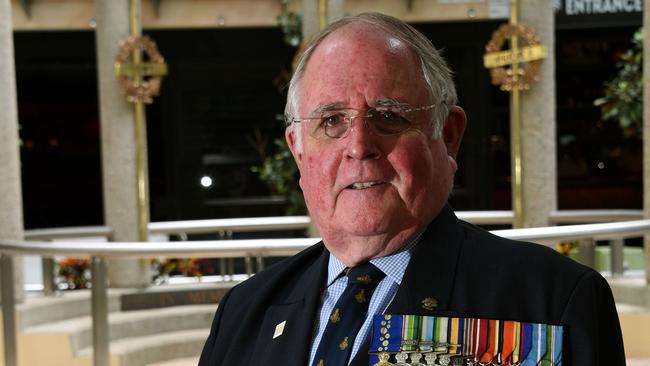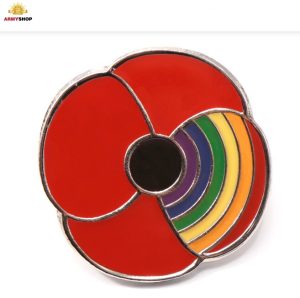By Neil Andrew
I spoke to you in whispers
As shells made the ground beneath us quake
We both trembled in that crater
A toxic muddy bloody lake
I spoke to you and pulled your ears
To try and quell your fearful eye
As bullets whizzed through the raindrops
And we watched the men around us die
I spoke to you in stable tones
A quiet tranquil voice
At least I volunteered to fight
You didn’t get to make the choice
I spoke to you of old times
Perhaps you went before the plough
And pulled the haycart from the meadow
Far from where we’re dying now
I spoke to you of grooming
Of when the ploughman made you shine
Not the shrapnel wounds and bleeding flanks
Mane filled with mud and wire and grime
I spoke to you of courage
As gas filled the Flanders air
Watched you struggle in the mud
Harness acting like a snare
I spoke to you of peaceful fields
Grazing beneath a setting sun
Time to rest your torn and tired body
Your working day is done
I spoke to you of promises
If from this maelstrom I survive
By pen and prose and poetry
I’ll keep your sacrifice alive
I spoke to you of legacy
For when this hellish time is through
All those who hauled or charged or carried
Will be regarded heroes too
I spoke to you in dulcet tones
Your eye told me you understood
As I squeezed my trigger to bring you peace
The only way I could
And I spoke to you in whispers……



